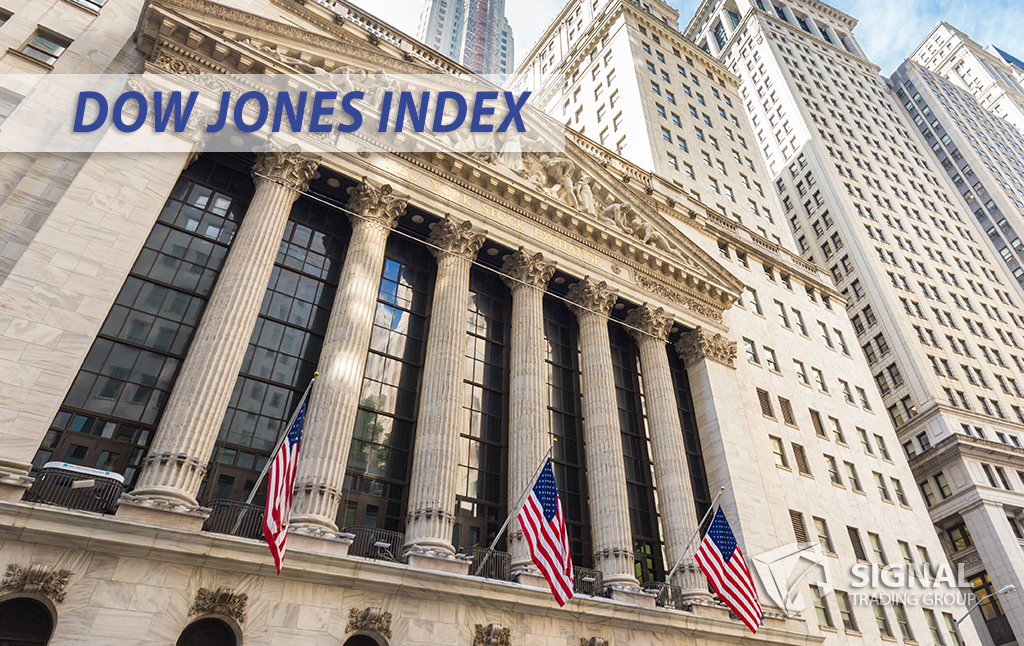Welcome to a new post on our trading blog! Today, we explore the fascinating symbolism of Wall Street’s ever-present bull and bear. These two creatures have come to represent the opposing forces driving market sentiment, and they play a central role in the lingo of investors.
The bull and bear symbols have seeped into every aspect of the investment world, from basic stock market discussions to the most sophisticated financial strategies. But how and why did these animals become synonymous with investing and the stock market? Let’s dive into the most popular theory that traces these symbols back to how they attack.
The Attack Theory
According to one explanation, the origin of the bull and bear symbols comes from how these animals attack their enemies. With its muscular build, a bull thrusts its horns upwards, lifting its opponent into the air. In the context of the stock market, this upward motion is symbolic of a rising market—the so-called “bull market.”
On the other hand, the bear is known for swiping its massive paws downwards, bringing down any object or adversary that happens to be in its way. This downward motion is translated into the stock market as a falling market, better known as a “bear market.”
There are other theories regarding the origin of the terms “bear market” and “bull market.” However, the attack theory is the simplest and most plausible explanation. Well at least in my opinion.
Significance and Enduring Appeal
Regardless of their origins, these symbols are pivotal in today’s investment world. Through the frequent use of these symbols in financial media and marketing, the bull and bear symbolize the inherent duality of investing, reflecting the constant struggle between optimism and pessimism in the market.




